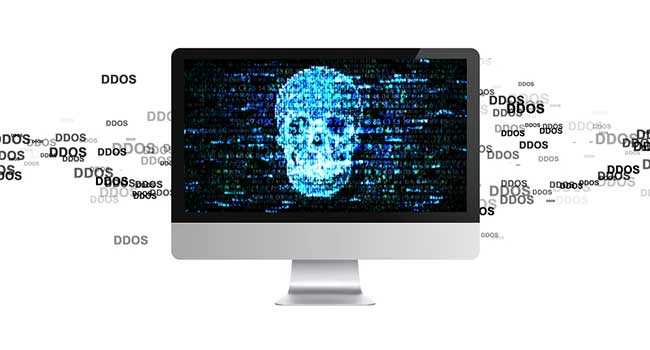
The Terabit Era: Get Ready for Bigger DDoS Attacks
Researchers have recently observed an alarming trend: attacks are multiplying in size, often far exceeding what many service providers consider a safe defensive capacity.
- By Tom Bienkowski
- Oct 10, 2018
Security professionals have long concerned themselves with the growing volume and frequency of DDoS attacks. With thousands of attacks reportedly underway at any given time somewhere in the world, large institutions have had to steel their defenses against what is for many a daily event. In the NETSCOUT Threat Landscape Report, our researchers observed that the frequency of attacks actually declined between 2017 and 2018. However, any sense of relief this news might bring to beleaguered security teams is quickly offset by another alarming trend: attacks are multiplying in size, often far exceeding what many service providers consider a safe defensive capacity. DDoS has entered the terabit era.
According to NETSCOUT’s ATLAS Security Engineering and Response Team (ASERT), the maximum size of DDoS attacks increased 174% in the first half of 2018 over the same period in 2017. In fact, the largest attack ever witnessed, at 1.7 Tbps, struck a large North American service provider, in February 2018. Fortunately, with the well designed and distributed nature of the customer’s architecture, their incident response preparedness, combined with their multi-layered Arbor DDoS solution, they were able to successfully mitigate the attack with no downtime. Still, this attack underscores the new reality that defenses designed to counteract attacks in the 300 Gbps range are no longer adequate. Even an infrastructure with a 1 terabit defensive capacity is at risk.
The Rise of Memcached-based Attacks
This record-breaking attack is an example of the memcached-based attacks that have arisen over the last year, so identified because they exploit vulnerabilities in memory caching servers used to accelerate data access for websites. Memcached is free, open source software frequently deployed in cloud service infrastructures and enterprise networks with the effect of increasing bandwidth. The actors behind the February attack uncovered a design flaw in the memcached software package that enabled them to take advantage of large amounts of service-provider bandwidth to build and launch an attack of unprecedented scale.
Given the proliferation of open source software, which is often rushed to market and made freely available without adequate testing for vulnerabilities, it’s safe to assume that this attack won’t go down as a one-off. Security teams should expect to see similar exploitations. As attack tools grow more sophisticated and new attack vectors emerge, attackers are finding it easier and cheaper to launch larger, more effective attacks.
The Hybrid Solution
The trend toward larger attacks reinforces the case for a hybrid or layered defense posture that combines on-premise and cloud mitigation capabilities. Everyday attacks are still relatively small and can usually be detected and mitigated with an on-premise solution (virtual or appliance). However, now that attackers’ capabilities have crossed the terabit threshold, it’s essential to have a cloud-based component with the capacity to mitigate attacks of the largest scale. The advantage of a hybrid approach is that cloud-based defenses can essentially be held in reserve (as opposed to “always on”) and instantly activated when the on-premise component detects an attack of significant size.
DDoS hardware and software solutions are all the more effective when they are backed by a global threat intelligence capability. Armed with this data and the analysis from a talented research team, countermeasures against both known and emerging threats can be fed directly into the mitigation products.
One important lesson we’ve learned in our many years of analyzing the threat landscape: once a new type of DDoS attack appears, it never goes away. The terabit-sized genie is out of the bottle, and it’s not going back in. Be ready.
About the Author
Tom Bienkowski is the Director of DDoS Product Marketing at NETSCOUT.